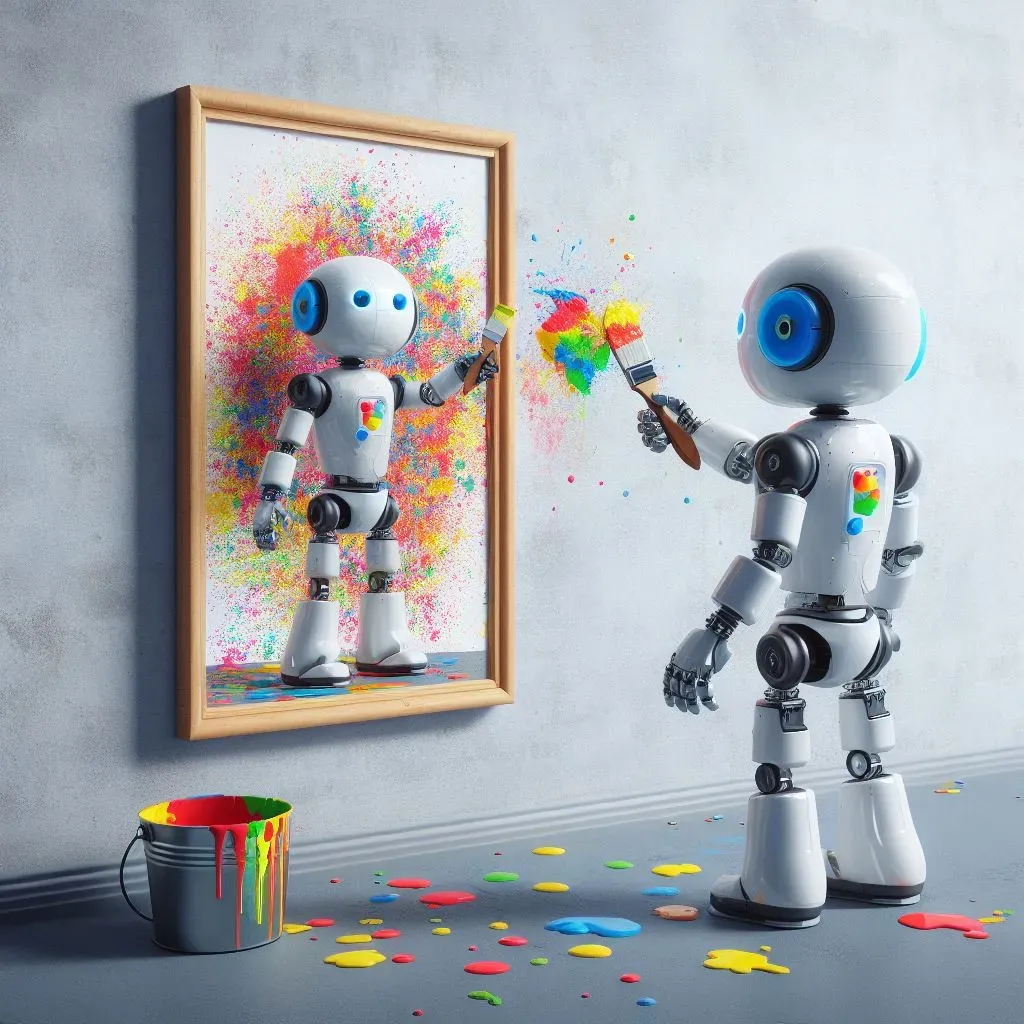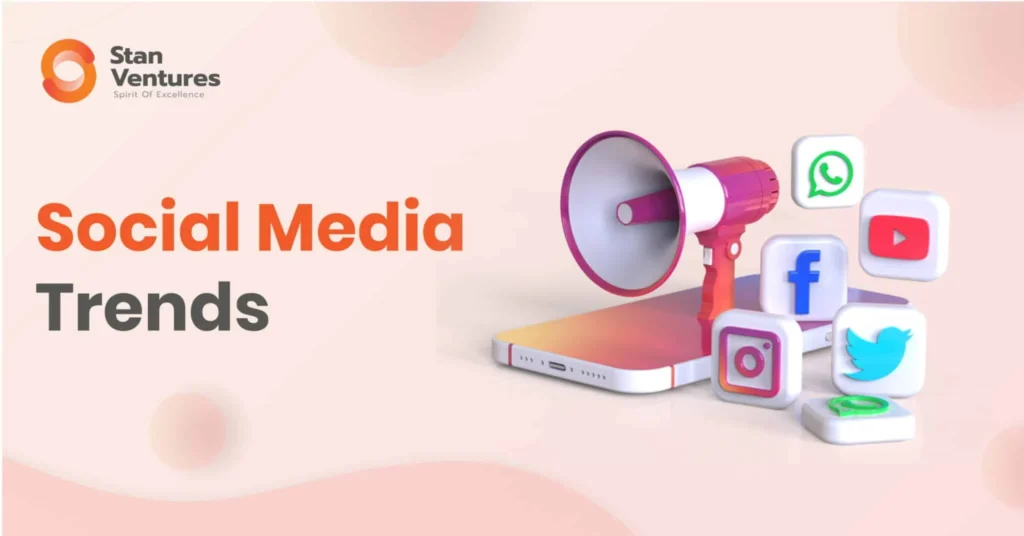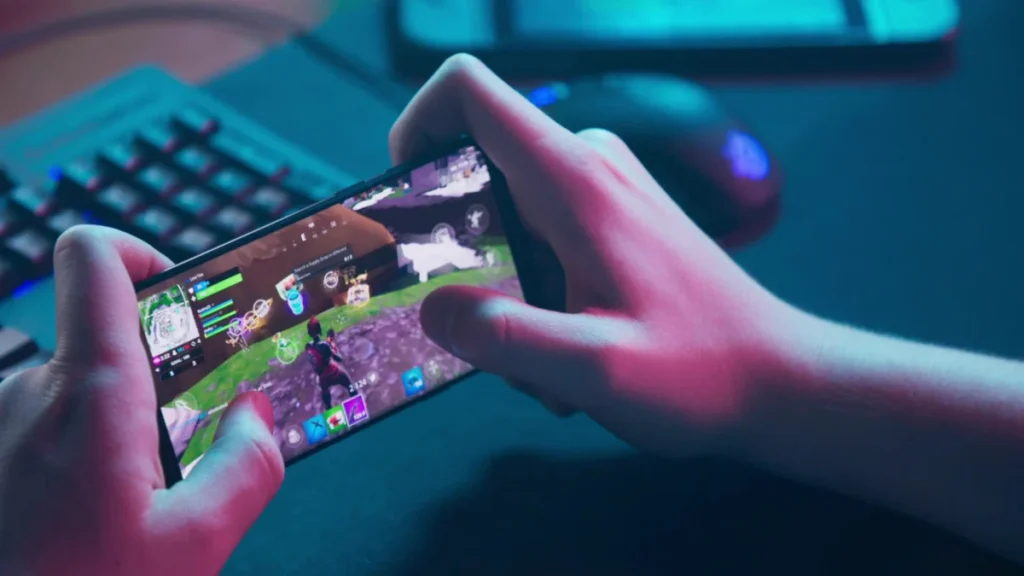AI in art is revolutionizing the creative landscape, merging technology with artistic expression in unexpected ways. As artists grapple with this transformative force, Miami-based Panamanian artist Dahlia Dreszer stands as a beacon of innovation, embracing AI’s potential to enhance her work. Through the use of generative AI tools, Dreszer has redefined her artistic process, allowing machines to collaborate and expand her creative horizons. This intersection of AI art, technology, and human imagination fosters a rich dialogue about the future of creativity. In a world where artists are challenged to evolve, AI serves as a powerful catalyst, pushing the boundaries of what art can be.
The integration of artificial intelligence into the artistic realm opens up exhilarating possibilities for creators and audiences alike. Terms like generative art and AI artistry are gaining traction as artists explore new mediums and methodologies. Dahlia Dreszer, a forward-thinking photographer, showcases how advanced technologies can inform and enhance traditional art forms. This blend of digital innovation and creative vision prompts a reevaluation of art’s essence, continually reshaping how we perceive originality and creativity in the contemporary landscape. As we venture further into this era where art and technology converge, the significance of AI in shaping future artistic expressions becomes increasingly apparent.
Embracing AI: A New Medium for Artists
In the contemporary art world, the integration of artificial intelligence (AI) as a tool has sparked a profound transformation in creative expression. Artists like Dahlia Dreszer highlight the potential of AI in art, viewing it not as a threat but as an enhancement of artistic capabilities. By utilizing generative AI models, these creatives can produce visually striking works that reflect their unique styles while collaborating with machines to realize concepts that may have remained dormant without technological assistance.
The use of AI in art practices has challenged traditional notions of creativity and authorship. Rather than replacing the artist’s hand, AI serves as an expansion of the artistic palette. This shift has led to exciting dialogues surrounding the intersection of art and technology, inviting artists and audiences to explore new forms of interaction and creativity. Thus, embracing AI can lead to a richer, more diverse art scene, where technology and human insight work symbiotically.
The Role of Generative AI in Artistic Evolution
Generative AI tools have become emblematic of a new era in artistic innovation, allowing artists to experiment with styles and themes that might have seemed unattainable. For instance, platforms like Midjourney and Stable Diffusion empower creators to explore complex visual ideas in record time, offering functionalities that can revolutionize how art is conceived and produced. As experienced by Dahlia Dreszer, this technology can dramatically enhance the creative process, enabling artists to push the boundaries of their respective mediums.
Moreover, generative AI introduces an element of unpredictability, which can inspire artists to break free from conventional practices. The interaction with AI-generated outputs challenges artists to rethink their role and the conceptual framework within which they operate. Rather than solely relying on traditional techniques, artists can harness AI’s capabilities to explore new avenues of expression, leading to a more dynamic art landscape.
Dahlia Dreszer: A Case Study in AI Artistry
As a prominent figure in the contemporary art scene, Dahlia Dreszer embodies the innovative spirit of artists embracing AI technology. Known for her maximalist still lifes, her recent exhibition showcases artworks produced in collaboration with AI, demonstrating how technology can facilitate a broader dialogue about art and culture. Dreszer’s approach exemplifies how artists can leverage AI to amplify their vision, generating pieces that not only reflect their aesthetic sensibilities but also provoke thought on the rapidly evolving relationship between art and technology.
Dreszer’s exhibition, ‘Bringing the Outside In,’ highlights the versatility of AI in art creation. Through interactive elements, she invites the audience to engage directly with the technology, bridging the gap between artist and viewer. This initiative not only democratizes the artistic process but also enables participants to experience the power of AI firsthand, thereby fostering a deeper appreciation for the fusion of creativity and technology in contemporary art.
The Intersection of Art and Technology: New Possibilities
The advent of AI in the art world has led to exciting new possibilities, creating a landscape where art and technology coexist and enhance one another. This intersection has opened doors for artists to explore uncharted territories, integrating techniques that were previously inconceivable. For artists like Dahlia Dreszer, the embrace of AI is a natural evolution, influencing not only the creation of artwork but also the way exhibitions are structured and experienced by the audience.
The blending of art and technology redefines how creators interact with their materials. As technology advances, artists can harness tools that support innovation, streamline their processes, and ultimately enhance their artistic vision. This synergy cultivates a vibrant community of creators who are continuously pushing the boundaries, reshaping expectations regarding the future of art.
Understanding AI: Debunking Myths and Misconceptions
The integration of AI in art has sparked numerous debates, with some critics labeling the use of AI as an act of artistic cheating. However, artists like Dahlia Dreszer advocate for a more nuanced understanding of AI’s role in creative processes. Rather than viewing it as a replacement for human creativity, Dreszer encourages a perspective that sees AI as a collaborator, broadening the scope of artistic possibilities.
By fostering open conversations about the relationship between artists and AI, misconceptions can be addressed. Education plays a vital role in this regard; by demystifying AI, artists can invite more individuals to explore its potential within their own practices. This shift in mindset can transform skeptics into collaborators, opening avenues for innovative artistic expression informed by technology.
AI Artists: Redefining Creativity
As the dialogue surrounding AI artistry continues to evolve, the emergence of AI artists has raised intriguing questions about the nature of creativity and authorship. The term ‘AI artist’ is used to describe systems designed to generate art, sparking discussions regarding the definition of an artist in a world where machines can produce visually compelling works. Artists like Dahlia Dreszer, who incorporate AI into their practices, highlight the importance of human intuition and interpretation, emphasizing that AI serves as a tool rather than a replacement.
This evolution calls for a reconsideration of what it means to be an artist in the age of technology. With AI-generated artworks becoming increasingly prevalent, the co-creative process between human artists and AI is redefining how creativity is perceived. As artists leverage generative AI, the traditional boundaries of the creative process are blurred, leading to a hybrid form of artistry that reflects a collaboration between human creativity and artificial intelligence.
Exploring Nature Through AI: A New Perspective
Dahlia Dreszer’s work exemplifies a unique fusion of nature and technology, where the interplay of the natural world is central to her artistic vision. By incorporating elements like the Florida Everglades into her AI-generated pieces, she emphasizes how technology can amplify our relationship with the environment. This interaction not only enhances the narrative quality of her work but also prompts viewers to engage with issues of sustainability and ecological consciousness as they explore the exhibition.
Through this lens, AI serves not just as a creative medium but also as a platform for environmental dialogue. Artists who embrace nature in conjunction with generative AI can illuminate critical issues, encouraging audiences to reflect on the impact of technology on the natural world. This forward-thinking approach aligns with contemporary movements in art that prioritize environmental awareness, demonstrating how AI can contribute to a greater understanding of our place within the ecosystem.
Future Prospects: AI and the Next Generation of Artists
As we look ahead, the role of AI in the art world continues to expand rapidly, presenting both opportunities and challenges for future generations of artists. With advancements in AI technologies occurring at breakneck speed, emerging artists are positioned to experiment with new tools and concepts that push the boundaries of creativity. The ability to integrate AI into their artistic processes can empower a new wave of creatives to explore previously unexplored territories in expression and collaboration.
However, the rapid pace of AI integration also raises questions about the skills and knowledge required for artists to thrive in this evolving landscape. As generative AI becomes increasingly common, artists must adapt to survive in an environment that will demand competency in both traditional techniques and technological expertise. Embracing this duality will be essential for the next generation of artists to forge their paths in an art world transformed by the influence of AI.
Historical Perspectives: AI’s Impact on Art and Culture
As we navigate through this era of rapid technological advancements, historians and future scholars will undoubtedly examine the impact of AI on the arts and culture of our time. The current integration of AI into artistic practices represents a pivotal moment in history, akin to previous technological revolutions that have shaped art movements. Artists like Dahlia Dreszer are at the forefront of this transformation, documenting how generative AI intersects with cultural narratives and individual expression.
This historical perspective will reveal not only the evolution of artistic techniques but also the societal implications of embracing AI in creative fields. The conversations surrounding AI, creativity, and the value of human touch in art will likely inspire future discourse, presenting an opportunity for academics to dissect the complexities of these interactions. Understanding how artists respond to and incorporate AI will illuminate broader themes of adaptation, resistance, and innovation throughout this foundational era.
Frequently Asked Questions
What is AI art and how does it influence contemporary art?
AI art refers to artworks created with the assistance of artificial intelligence technologies, such as generative AI tools. It influences contemporary art by expanding creative possibilities, allowing artists like Dahlia Dreszer to explore new styles and concepts that enhance traditional artistic practices.
How does generative AI change the creative process for artists?
Generative AI transforms the creative process by enabling artists to collaborate with machines, thereby accelerating their creative workflow. Artists like Dahlia Dreszer use tools like Midjourney and Stable Diffusion to refine their artistic vision, allowing AI to generate new interpretations and ideas based on personalized input.
Can AI replace the traditional methods of creating art?
While AI can introduce new methods and mediums in art, it does not replace traditional art forms. Artists like Dahlia Dreszer emphasize that AI is another tool in the artist’s toolkit, much like a camera or paintbrush, enhancing their capabilities rather than replacing the tactile experience of creating art.
How is Dahlia Dreszer integrating AI into her artwork?
Dahlia Dreszer integrates AI into her artwork by training generative AI models on her unique style. In her exhibition, she showcases pieces partly created by AI and includes interactive experiences for attendees to generate their own art, fostering engagement with AI art as a dynamic medium.
What challenges do artists face when using AI in their creative processes?
Artists like Dahlia Dreszer face challenges such as the unpredictability of AI outputs and the loss of control over artistic direction. Although these challenges can lead to frustration, they often result in unique creations that may transcend the artist’s original intent.
How does using AI in art stir debates about authenticity?
The use of AI in art sparks debates around authenticity, as some critics view it as a form of cheating. However, artists like Dahlia Dreszer argue that AI serves as a collaborator rather than a replacement, inviting new discussions about the nature of creativity and the role of the artist.
What is the role of AI artists in the future of the art world?
AI artists, such as those employing generative AI techniques, will play a significant role in the future art world by redefining creativity and collaboration. Artists like Dahlia Dreszer demonstrate how AI can amplify artistic expression while posing essential questions about human-machine interactions in artistic contexts.
How can AI art be perceived as a collaborative process?
AI art can be viewed as a collaborative process when artists strategically interact with AI systems to create works that embody their vision. This partnership, exemplified by artists like Dahlia Dreszer, emphasizes shared creativity, blending human intuition with machine efficiency.
What ethical dilemmas arise with the use of AI in creating art?
The ethical dilemmas associated with AI in art include questions of authorship, originality, and the potential commodification of creativity. Artists like Dahlia Dreszer advocate for a deeper understanding of AI’s capabilities and limitations to navigate these complex discussions.
How does Dahlia Dreszer view her AI clone and its impact on audience engagement?
Dahlia Dreszer sees her AI clone as both a tool for enhancing audience engagement and a way to explore the implications of human-machine relationships in art. She believes it can help demystify AI, providing a unique, interactive experience during exhibitions.
| Key Point | Details |
|---|---|
| AI in Art | The use of AI is reshaping the artistic process, sparking debates among artists regarding its impact and legitimacy. |
| Dahlia Dreszer’s Perspective | Dreszer views AI as a collaborative tool that enhances creativity, allowing artists to explore new mediums and possibilities. |
| Interactivity in Art | Dreszer’s exhibition includes an AI generator that allows visitors to create artwork in her style, emphasizing AI’s role in interactive experiences. |
| AI Clone | An AI-generated clone of Dreszer engages with visitors, prompting discussions about human-machine relationships and the future of interaction in art. |
| Criticism and Collaboration | Critics label AI use in art as ‘cheating’; Dreszer encourages viewing it as a collaborative process rather than a replacement. |
| Creative Process | Dreszer acknowledges that while AI lacks the physicality of traditional art forms, it presents new creative journeys unique to its medium. |
| Future of AI in Art | Dreszer is optimistic about AI’s evolution in art, citing rapid advancements but acknowledges artists’ fears about adaptability and skill requirements. |
| Historical Context | Dreszer believes this period of AI integration marks a significant foundational era for future artistic practices and creative disciplines. |
Summary
AI in art is transforming creative landscapes, as exemplified by the works and insights of artists like Dahlia Dreszer. Embracing technology as a collaborator and enabler, Dreszer showcases how AI can enhance artistic expression rather than diminish it. As the art world adapts to these innovations, discussions around its implications on creativity and artist identity continue to shape the future of creative processes.



